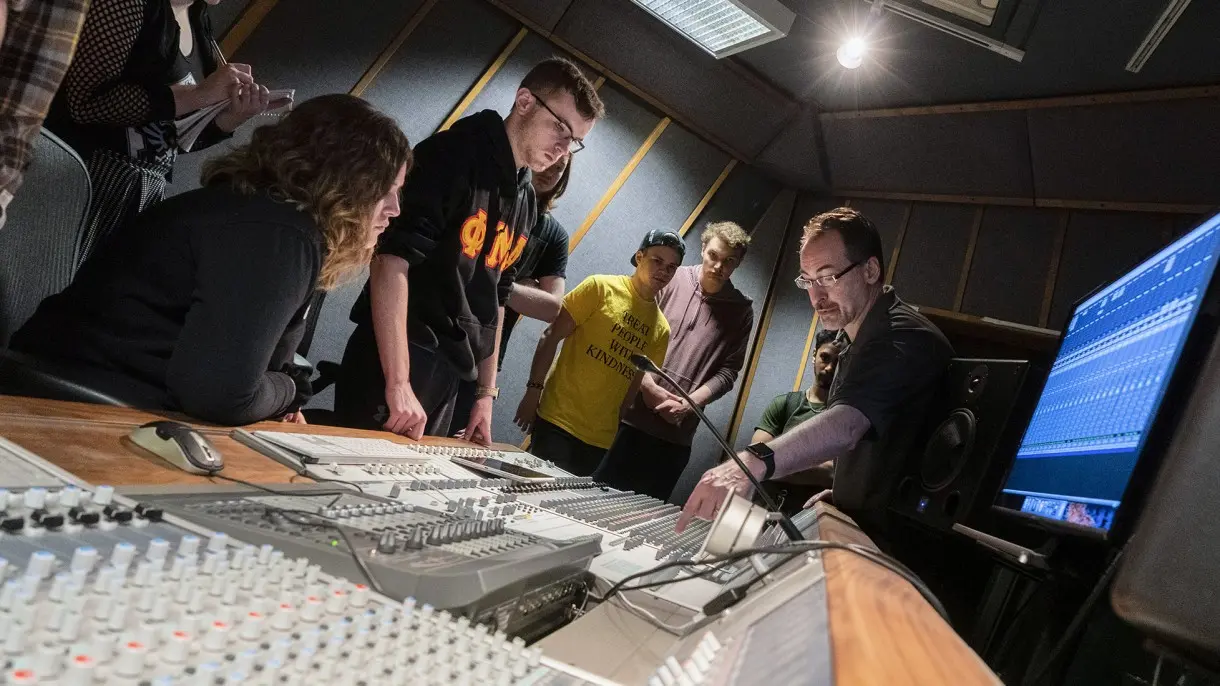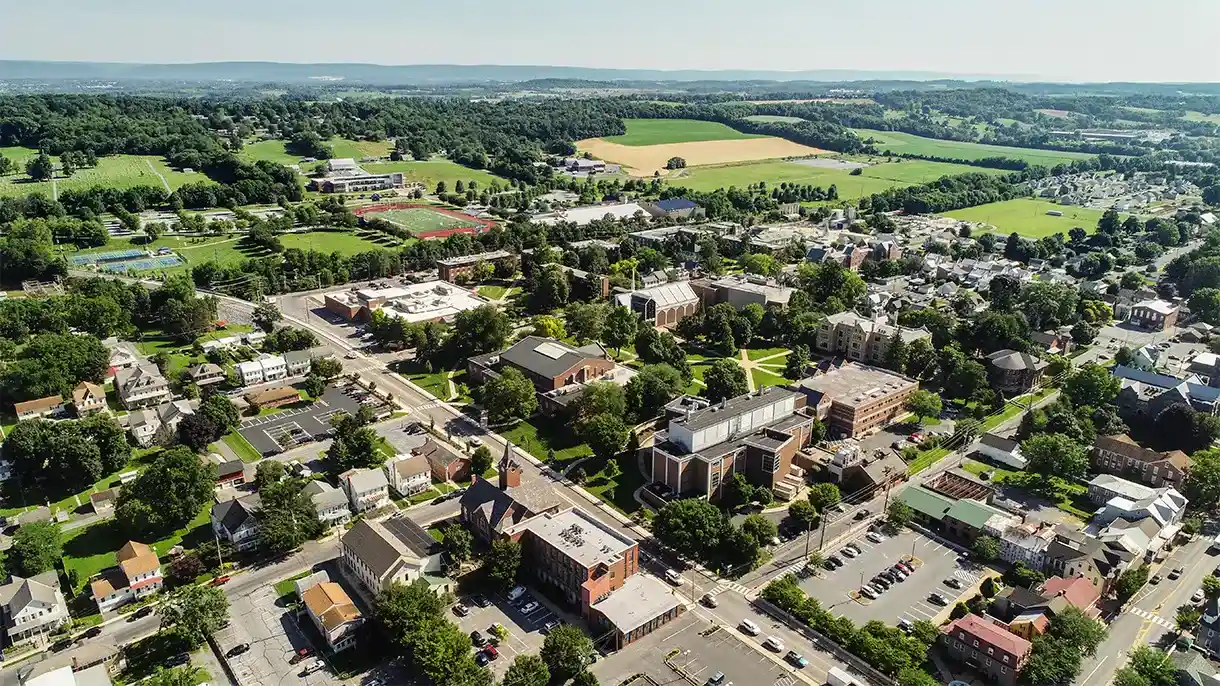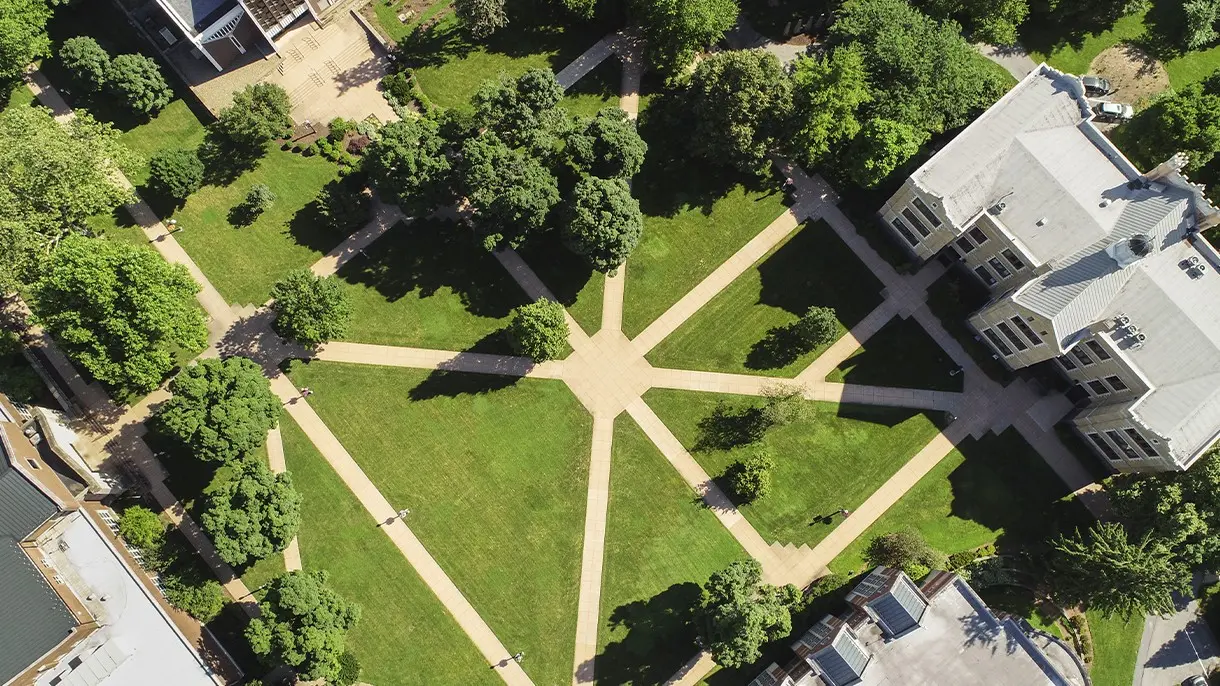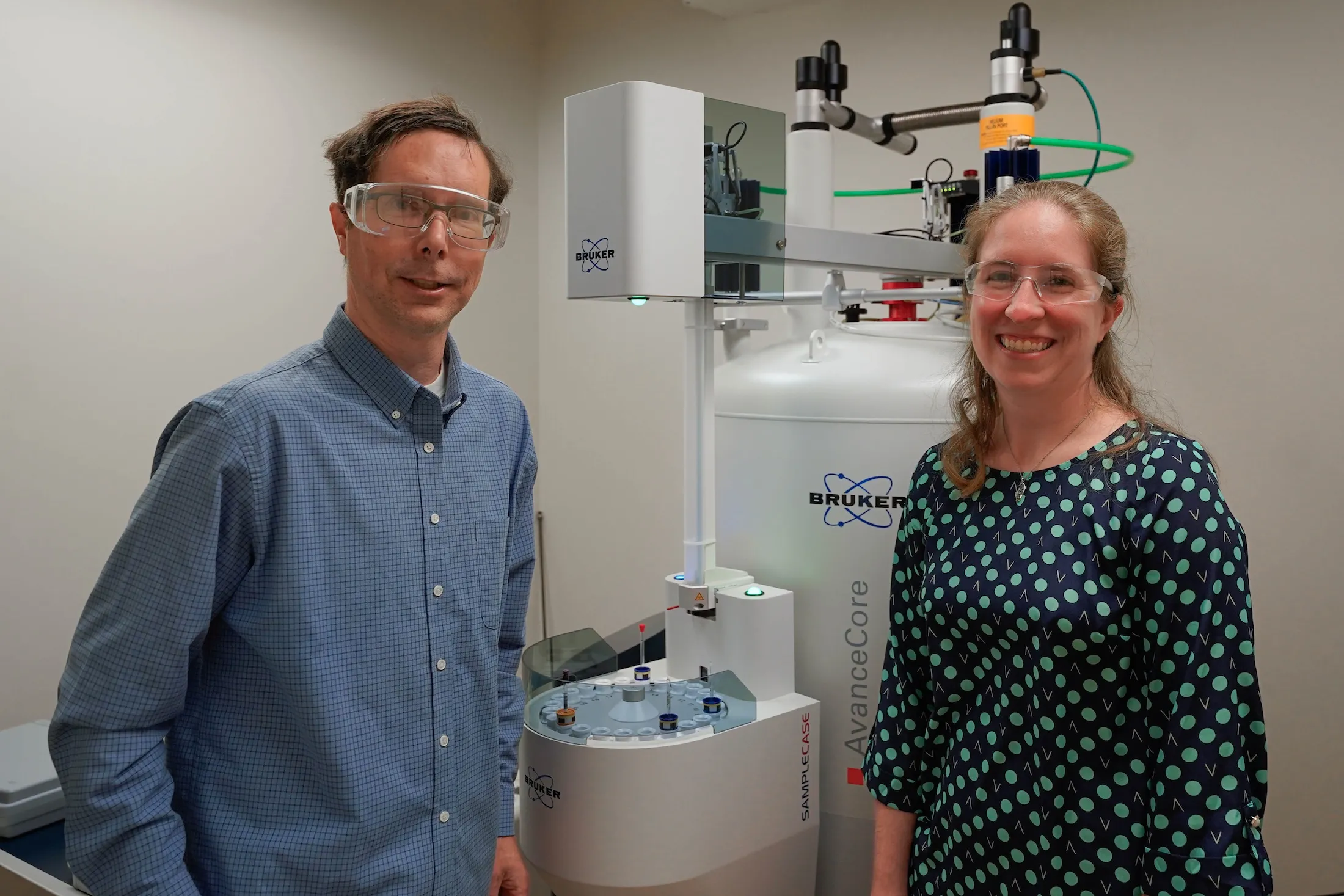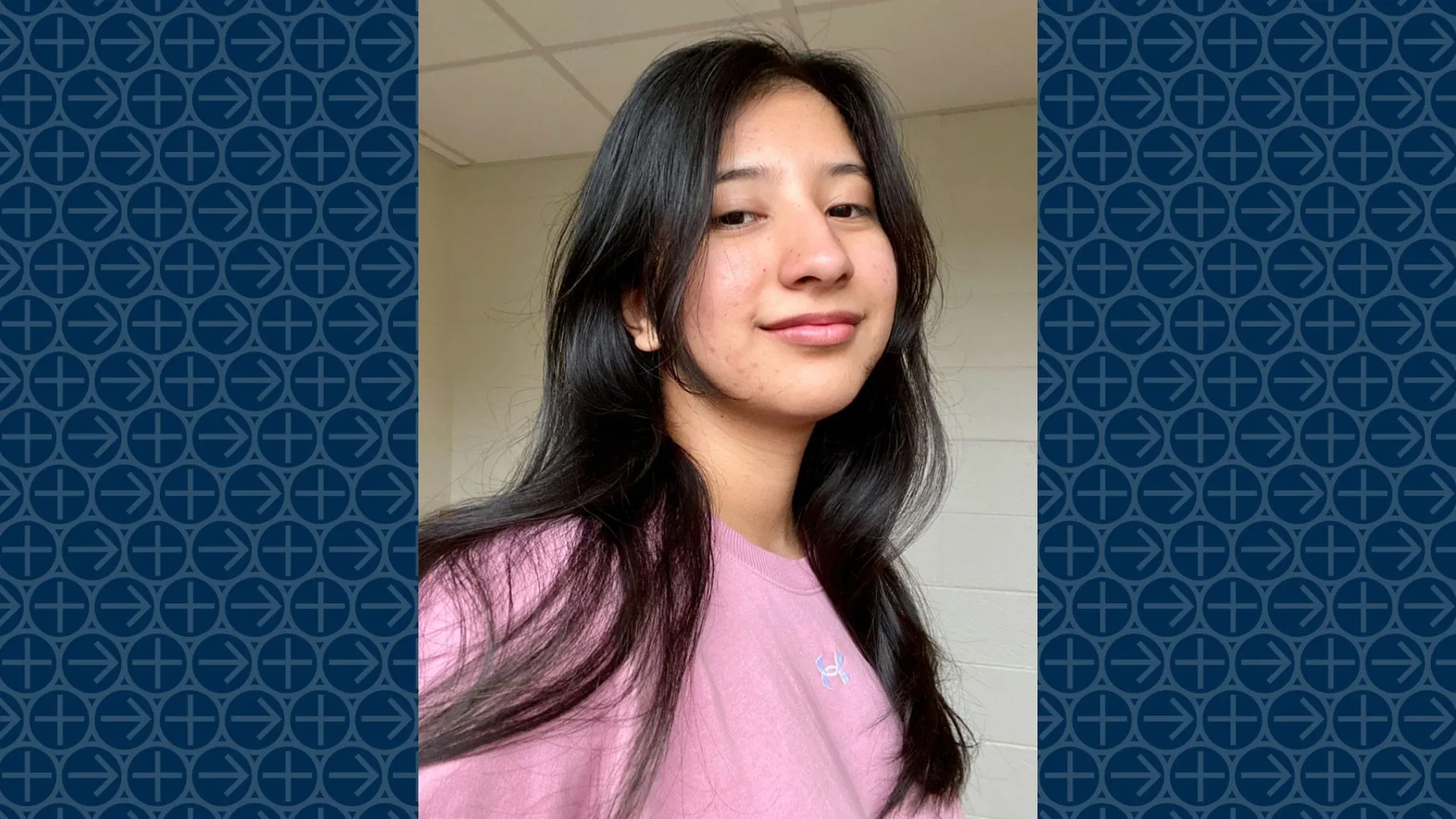
LVC News
- Accounting
- Accounting/MBA 3+1
- Actuarial Science
- Allwein Scholars
- Alumni Profiles
- Athletic Training
- Athletics
- Awards
- Biochemistry & Molecular Biology
- Biology
- Breen Center
- Business Administration
- Campus
- Chemistry
- Clinical Exercise Physiology
- Clinical Mental Health Counseling
- Community Service
- Computer Science
- Creative Arts
- Creative Writing
- Criminal Justice
- Data Science
- Digital Media
- Economics
- Education
- Engineering
- English
- Environmental Science
- Esports
- Exercise Science
- Faculty Profiles
- Gallery
- German
- Giving
- Graduate Studies
- History
- Honors
- Intelligence and Cybersecurity
- Interaction Design
- International Business and Policy
- LVEP
- Marketing
- Mathematics
- MBA
- Medical Humanities
- Medical Laboratory Science
- Music
- Music Education
- Music Production
- Neuroscience
- Nursing
- Physical Therapy
- Physics
- Political Science
- Pre-Law
- Pre-Medical Professions
- Psychology
- Self-Designed
- Social Justice and Civic Engagement
- Sociology
- Spanish
- Speech-Language Pathology
- Sport Performance
- STEM Education
- Student Profiles
- Study Abroad
- Sustainability
- Transfer
- Undecided/Exploratory
3D Printing Paves the Way for Chemistry Research at LVC
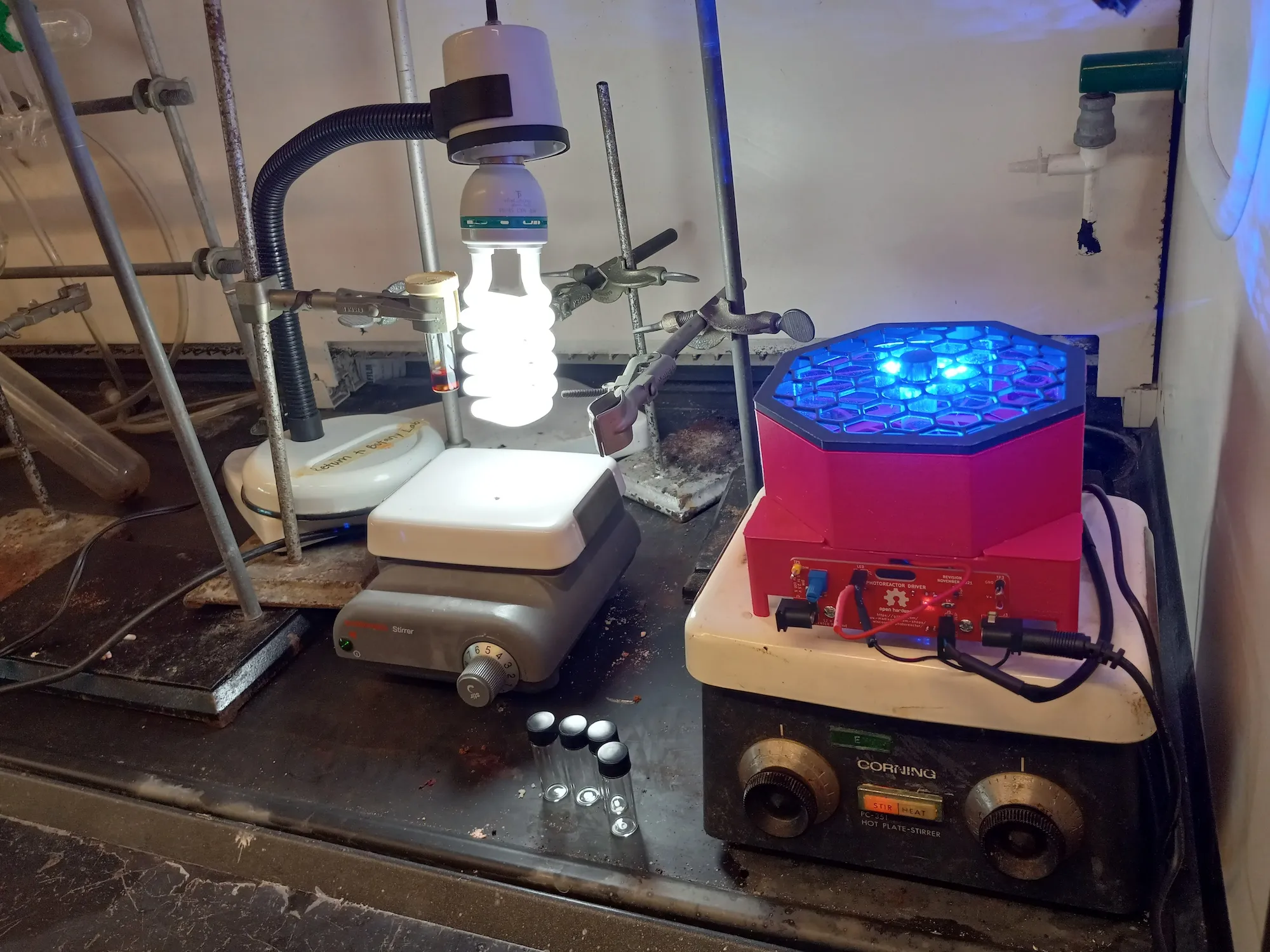
At Lebanon Valley College, innovation often thrives through collaboration, and a recent partnership between the Design, Media, & Technology (DMT) and Chemistry departments is a prime example. This interdisciplinary initiative resulted in the creation of a photoreactor, a device used for chemical reactions initiated by light, with critical parts 3D printed by DMT’s advanced technology.
The project began when Dr. Timothy Peelen, Associate Professor of Chemistry, needed a specialized piece of equipment to facilitate ongoing student research into photochemical reactions. He enlisted the help of Dr. Jeffrey Ritchie, Chair and Professor of Design, Media, and Technology, who offered to use his department’s 3D printers, which are built and maintained by DMT students. Utilizing files published by researchers at the University of Wisconsin, they printed the necessary parts for a low-cost, open-source photoreactor.
The photoreactor, designed to be an accessible alternative to expensive commercial devices, features a core star of three blue LED lights. A fan and aluminum heat sink prevents overheating, and samples of reaction mixtures are placed in vials directly over the LEDs, allowing light energy to interact with molecules.
Dr. Peelen emphasized the importance of the light source.
“LEDs offer a very intense light source at a specific wavelength, rather than white light, which contains light of all colors. We’re using this energy to initiate chemical reactions.”
His team’s primary focus is the synthesis of a molecule known as DAP. While traditional methods of preparing DAP are either hazardous or cumbersome, photochemistry may offer a single-step solution—one that, if successful, would represent a breakthrough for his students’ work.
With the help of Marcus Horne, Campus Chemical and Environmental Coordinator, Chemistry major Brendan Boyle ’25 took the lead in the device’s fabrication as part of an independent study research project. Brendan’s involvement highlights the cross-disciplinary nature of the work, as he was also enrolled in Dr. Ritchie’s “How to Make Stuff” course.
“Learning how to solder was definitely a new experience for me and took some time to get used to,” Brendan explained. “With a little bit of time (and some trial and error), we moved more efficiently in the process and celebrated when the LED light turned on for the first time.”
Brendan appreciates the intersection of technology and science involved in this project.
“I have always had an interest in technology and creative thinking, and having these types of skills in chemistry is an essential tool when it comes to modern technology and trying new experiments.”
Reflecting on the collaboration, Dr. Ritchie praised the potential for future improvements, especially with the skills Brendan and other students are developing.
“With the skills he is learning, he could update the device and print updated versions if needed. The remarkable aspect of maker technologies is that they allow individuals to create bespoke products that exactly match their needs.”
The photoreactor is a prime example of how departments at LVC can combine their strengths to solve complex problems. Drs. Peelen and Ritchie see this project as a stepping stone for future collaborations between their departments and across campus.
The combination of 3D printing technology and advanced chemistry research is helping students at LVC push the boundaries of what they can achieve, one experiment at a time.
